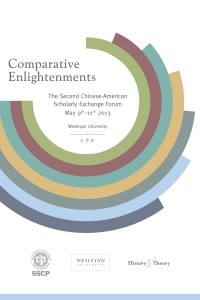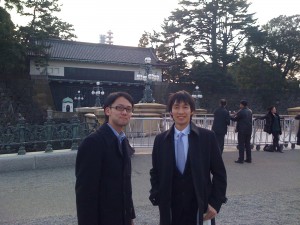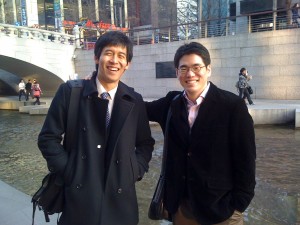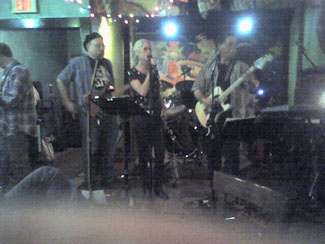On Tuesday the faculty approved a proposal for a College of East Asian Studies. This program will gather together some of our existing resources and help us to bring additional support to campus. Here’s the proposal summary:
We propose to merge three existing units—the East Asian Studies Program (EAST), the Asian Languages and Literatures Department (AL&L), and the Freeman Center for East Asian Studies (FEAS)—into a single unit, the College of East Asian Studies (CEAS). The CEAS primarily will be housed in the Freeman Center (which will retain its name, though no longer have its own Director), with additional offices in Fisk Hall. We also propose moving Korean language instruction from Less Commonly Taught Languages into the CEAS. The CEAS will feature an enhanced major as well as a new minor, together with enhanced curricular and co-curricular offerings for students across the university. We also expect that the CEAS will further enhance our outreach activities serving the campus, community, and alumni.
CEAS will have a minor, extensive language training and six core areas of study in a major:
i) Art History and Art
ii) Language, Literature, and Film
iii) Music
iv) History
v) Philosophy and Religion
vi) Political Economy
There will be many occasions for students and faculty to work together, and to join in community-building activities on and off campus.
I’m delighted that in the coming year Wesleyan will open its fifth interdisciplinary college, with CEAS joining the College of Letters, College of Social Studies, College of the Environment and the College of Film and the Moving Image. This represents a substantial effort at collaboration, experimentation, exploration of tradition and instigation of innovation. I am confident that these colleges will join our existing programs and departments to energize the distinctive education experience of Wesleyan students and expand recognition of the university.
Welcome to the new College of East Asian Studies!






